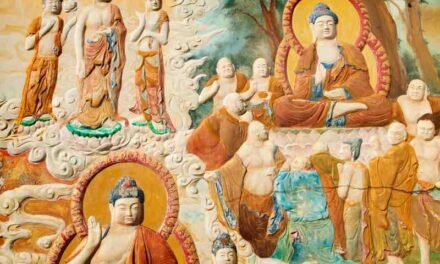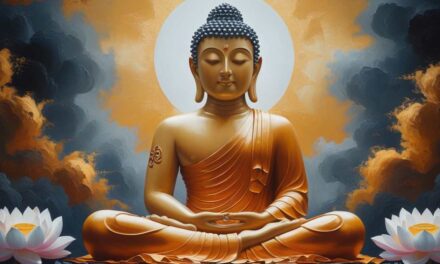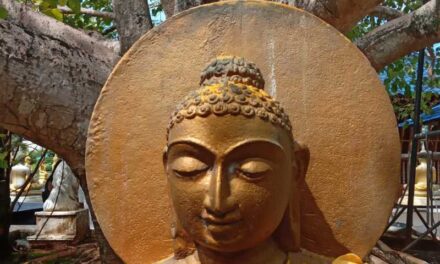Zen, a school of Mahayana Buddhism, emphasizes mindfulness and awakening. Meditation, called zazen in Japanese, is a cornerstone of Zen practice, a way to train the mind and cultivate inner peace. But Zen meditation styles cater to different needs and experience levels. Let’s explore some of the diverse paths within Zen:
- Zazen (Sitting Meditation): The foundation of Zen practice. Zazen involves sitting in a formal posture, typically seiza (kneeling) or lotus position, with the back straight and eyes either closed or gazing slightly downward. The breath serves as an anchor, with practitioners focusing on the sensation of inhalation and exhalation. This practice isn’t about achieving a blank mind, but about observing thoughts and emotions without judgment, letting them go like passing clouds.
- Kinhin (Walking Meditation): A mindful walking practice that complements zazen. Kinhin involves slow, deliberate walking, focusing on the sensation of each step – the foot lifting, moving through the air, and meeting the ground. This practice cultivates present-moment awareness and can be a refreshing break from sitting meditation.
- Koan Practice: A unique aspect of some Zen schools, particularly Rinzai Zen. Koans are paradoxical riddles or statements that challenge logical thinking and push practitioners beyond conceptual understanding. By contemplating koans, students aim to experience a deeper awakening or satori. This practice often involves guidance from a Zen master who provides cryptic hints and challenges to help unravel the koan’s meaning.
- Work Practice (Samu): Zen emphasizes the integration of meditation into daily life. Samu translates to “work” and refers to the mindful performance of everyday tasks – cleaning the temple, gardening, or preparing meals. By focusing on the present moment and the actions of the body, mundane tasks become opportunities for cultivating mindfulness and inner peace.
- Jyosei (Moving Meditation): This practice involves mindful movement exercises, often incorporating elements from traditional martial arts like Tai Chi or Qigong. Jyosei helps practitioners connect with their bodies, improve posture and flexibility, and cultivate a sense of focused awareness that complements zazen.
- Dokusan (Private Interview): A private meeting between a student and a Zen master. Students discuss their meditation practice, doubts, and experiences with the master, receiving guidance and encouragement on their journey. Dokusan provides individualized support and helps students deepen their understanding of Zen principles.
- Sesshin (Meditation Retreat): An intensive period of meditation practice, typically lasting several days or even weeks. Participants dedicate themselves entirely to zazen, kinhin, and other Zen activities in a secluded environment. Sesshin provides a powerful opportunity to deepen concentration, cultivate mindfulness, and gain insights into oneself.
Choosing the Right Style:
The best style for you depends on your temperament, experience level, and goals. Beginners might find zazen with breath focus most accessible. Those seeking a more intellectual challenge might be drawn to koan practice. If you enjoy movement, Jyosei could be a good fit. Ultimately, many practitioners incorporate a combination of these styles into their practice for a well-rounded experience.
Remember:
Zen meditation is a journey, not a destination. It takes time, patience, and consistent effort to see results. Don’t get discouraged if your mind wanders – that’s natural! Simply acknowledge the distraction and gently bring your attention back to your breath or the present moment. With dedicated practice, Zen meditation can become a powerful tool for cultivating inner peace, clarity, and a more mindful way of living.





